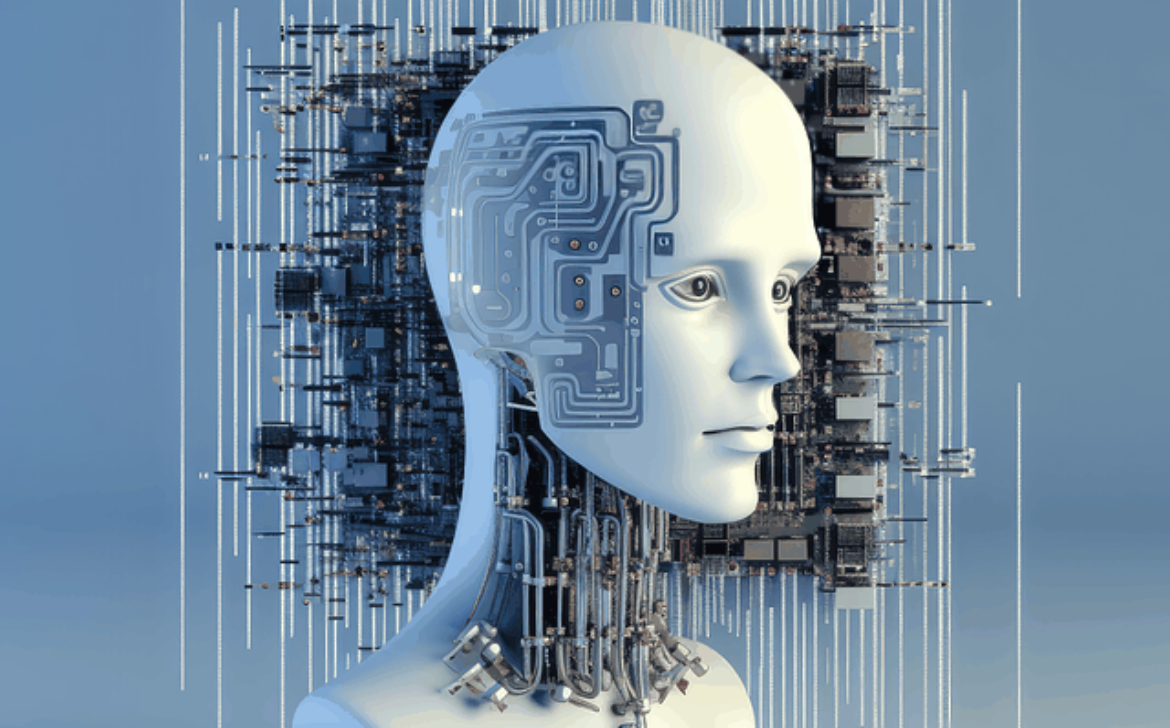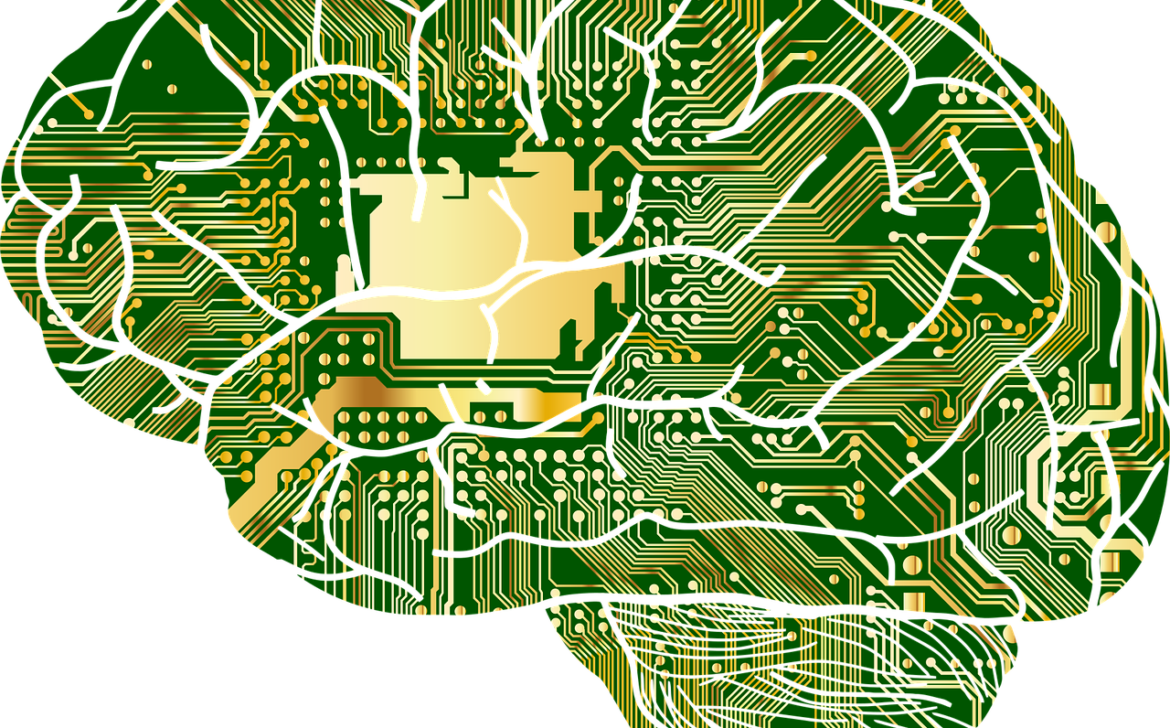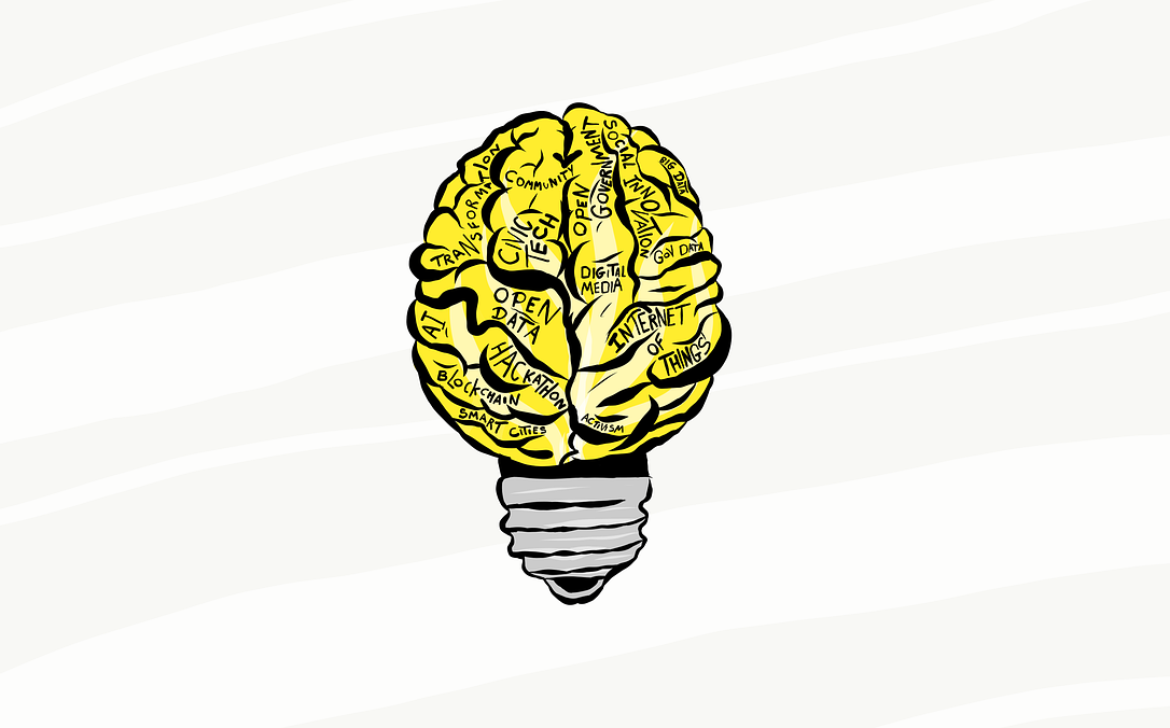Microscopic Marvels: Exploring the Wonders of Semiconductors

In the heart of modern electronics lies a tiny yet monumental innovation: the semiconductor. These unassuming materials have revolutionized the way we live, connecting us to the digital world and propelling us into the future. In this blog post, we’ll dive deep into the world of semiconductors, uncovering their significance, history, and their role in shaping the technological landscape.
Understanding Semiconductors: The Building Blocks of Electronics
Semiconductors are materials that possess a unique property, lying somewhere between conductors (which allow electricity to flow freely) and insulators (which resist the flow of electricity). This property makes them the ideal foundation for creating electronic devices, as they can be manipulated to control the flow of electrical current.
The Silicon Revolution: Birth of the Semiconductor Industry
The history of semiconductors is intricately linked to the development of the transistor in the mid-20th century. The invention of the transistor, which replaced bulky vacuum tubes, marked the birth of the modern semiconductor industry. This breakthrough paved the way for smaller, faster, and more efficient electronic devices.
Semiconductor Applications Across Industries
Semiconductors have a far-reaching impact, influencing a wide array of industries:
- Information Technology: The heart of computers, smartphones, and tablets beats in the form of tiny silicon chips, allowing us to communicate, compute, and access information seamlessly.
- Communication: The world of telecommunications relies on semiconductors for transmitting signals, enabling global connectivity through devices like routers and modems.
- Renewable Energy: Semiconductor materials like silicon play a crucial role in photovoltaic cells, converting sunlight into electricity in solar panels.
- Transportation: Modern vehicles rely on semiconductors for engine control, safety features, navigation systems, and more.
- Healthcare: Medical devices and equipment, including MRI machines, pacemakers, and digital thermometers, utilize semiconductors to function efficiently.
The Moore’s Law Phenomenon: Miniaturization and Beyond
One of the most remarkable aspects of the semiconductor industry is Moore’s Law. Coined by Gordon Moore, co-founder of Intel, this observation states that the number of transistors on a chip doubles approximately every two years, leading to an exponential increase in processing power and efficiency.
Challenges and Innovations in the Semiconductor Industry
The semiconductor industry faces both technical challenges and opportunities for innovation:
- Miniaturization Limits: As transistors shrink to the nanoscale, challenges related to heat dissipation, power efficiency, and quantum effects become more pronounced.
- Emerging Technologies: Researchers are exploring new materials like graphene and quantum dots, as well as novel techniques like neuromorphic computing, to address the limitations of traditional silicon-based technology.
- Supply Chain Disruptions: The semiconductor industry is susceptible to supply chain disruptions, as witnessed in recent times. This highlights the need for resilient manufacturing processes and diversified sources.
Semiconductors in the Quantum Era: A Glimpse into the Future
As the limits of classical semiconductor technology are approached, quantum computing and quantum technologies hold promise for the next frontier of innovation. These technologies harness the unique properties of quantum mechanics to perform computations that were once thought impossible.















